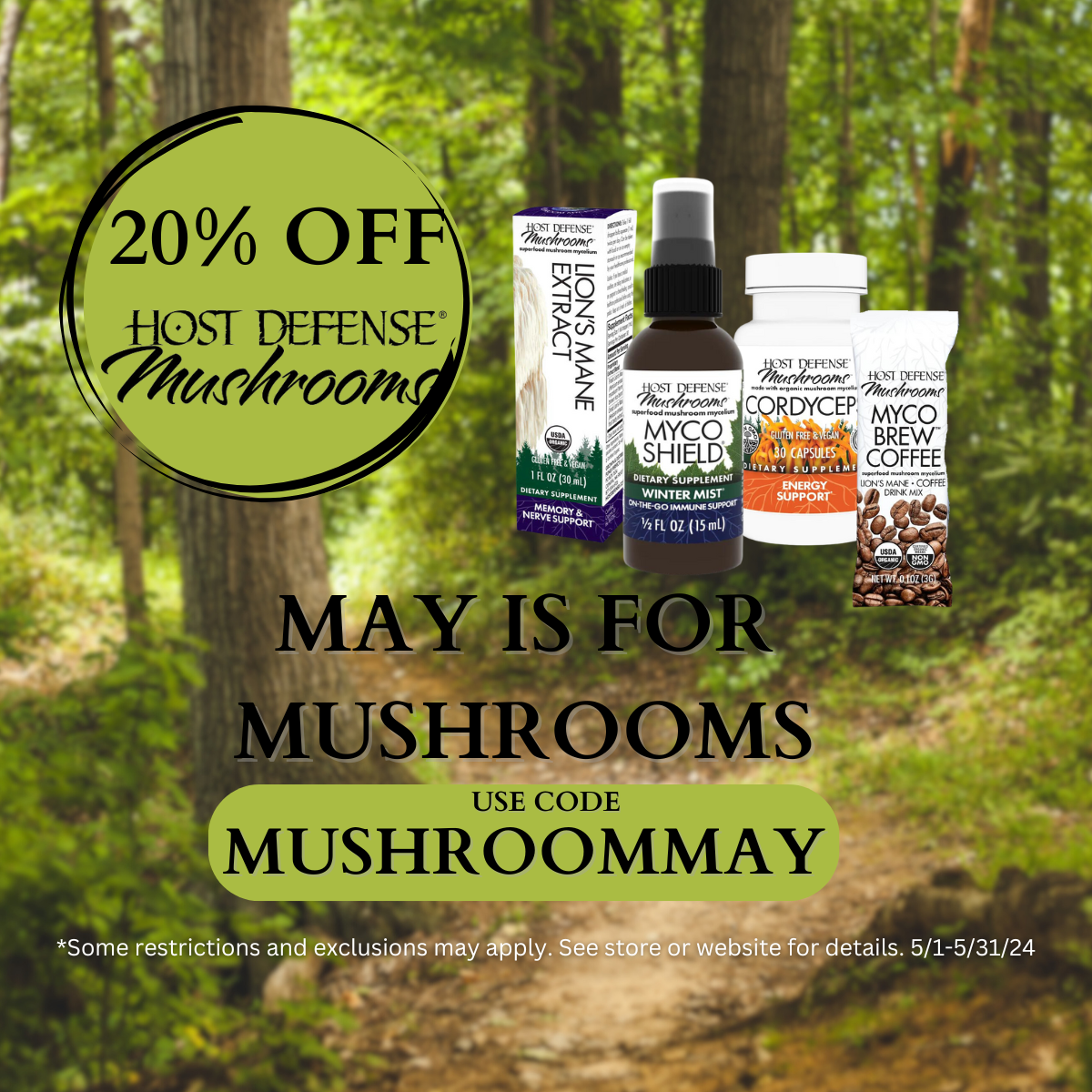
African Geranium Herb
, 2 min reading time

, 2 min reading time
Pelargonium sidoides, commonly known as African geranium or Umckaloabo, is an endemic species in the South African and Lesotho regions where it is widely distributed. It belongs to the Geraniaceae family, or geraniums which are most often recognized as ornamental and landscape plants. Various species in the Pelargonium genus have been documented for traditional medicinal use by indigenous communities in South Africa, and the traditional use of African geranium is centered in the Eastern Cape region. Historical records regarding its use in ethnomedicine date back to the mid-19th century.
What is African Geranium Used For?
Pelargonium sidoides is commonly used in Europe in respiratory support products.* Most of the modern research focuses on supporting a healthy immune response and occasional dry coughs that can arise during respiratory challenges.* Uses in ethnomedicine generally revolve around supporting a healthy gastrointestinal tract, which may have traditionally been a higher priority in South Africa. The traditional use for GI support is thought to be attributed to the astringency, or presence of tannins in the tubers. Studied in vitro, Pelargonium sidoides has shown microbial inhibitory properties and an ability to modulate immune function, supporting the innate defenses of the immune system by preparing the body to respond to bacterial and viral challenges more effectively. Results from numerous clinical trials have supported the in vitro research. It has also been shown to support normal mucus thickness and aid the body’s clearance of mucus from the respiratory tract.
Traditional Health Benefits of African Geranium
Active Constituents of African Geranium
Coumarins (including Umckalin [7-hydroxy-5,6-dimethoxycoumarin], 5,6,7- trimethoxycoumarin, coumarin glycosides, and coumarin sulfates). Coumarin glycosides and coumarin sulfates are unique to Pelargonium sidoides. Tannins, phenolic compounds (including quercetin, catechin, gallic acid, and shikimic acid 3- O-gallate), and proanthocyanidins are also present.
Parts Used
Tuberous roots (Infusions or decoctions were traditionally used; hydroethanolic extracts of roots are now most used).
Important Precautions
Not for use during pregnancy or lactation. If you have a medical condition or take medications, please consult with your healthcare practitioner before use.
Disclaimer
This information in our Herbal Reference Guide is intended only as a general reference for further exploration, and is not a replacement for professional health advice. This content does not provide dosage information, format recommendations, toxicity levels, or possible interactions with prescription drugs. Accordingly, this information should be used only under the direct supervision of a qualified health practitioner such as a naturopathic physician.
Products – The Natural Alternative (naturalalternativenutrition.com)



